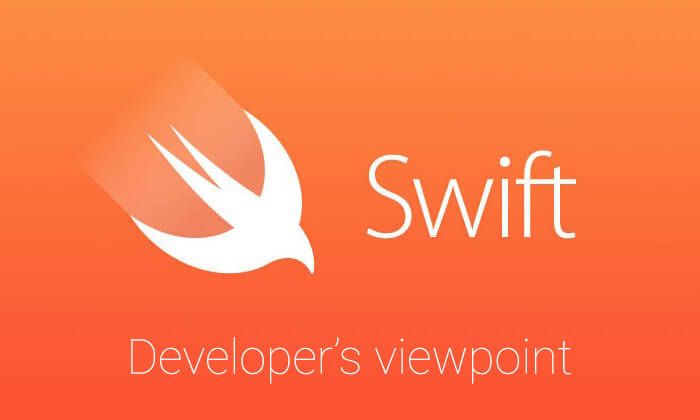5G cellular network innovation has gotten everyone excited in recent years. It wouldn’t be an exaggeration to say that 5G cellular network has the potential to become a game-changer, not only for industries but for the entire world.
The great advantage of 5G is the speed at which it transfers data between devices and a huge number of concurrent network connections as compared to 4G. Although these are some of its many advantages that will change our lives.
In this blog post, we will explore the impact of 5G revolution on software architecture design. We will explore the architecture of an imaginary sample IoT application platform and will discuss what changes need to be done in its current architecture to accommodate 5G impact.
Before we deep dive into an IoT platform architecture, let’s first understand some functional requirements which this application fullfills. This IoT application allows its users to connect to IoT devices in the field and allows them to communicate and collect data from IoT devices. This application platform also allows users to visualize collected data in various actionable insights.
Below is the current application architecture which serves its users on 4G network. Let’s assume, current application architecture supports 0.01 million (1,00,00) IoT devices and can serve a couple of hundred customers and their users per second.
The current application architecture is capable to communicate with each IoT device in the field via a scalable network server, which collects data from IoT devices, validates and decrypts the payload and hands it over to the application layer for further business processing via a message broker. Both network servers and message brokers are scalable components and can handle the current application load.
The frontend application clients are also able to query backend servers for reporting and other data visualization purposes. Due to 4G network’s latency, the current application architecture can process 1000 concurrent users and 500 requests per second.
 Fig-1: IoT platform architecture on 4G network (Architecture 1.0)
Fig-1: IoT platform architecture on 4G network (Architecture 1.0)
5G network supports more number concurrent network connections and has very low latency as compared to 4G network. If we switch from 4G network to 5G network, we can accommodate at least 0.1 (100000) million IoT devices and can serve a lot more concurrent users and a large number of requests per second. But this is not possible with the current application architecture, because scaling message brokers beyond certain limits will require a lot more hardware and is a tedious complex task, also the network server will not be able to manage concurrent network connections and process the data simultaneously from a large number of IoT devices.
The application layer also needs to be re-designed to serve more concurrent users and a large number of user requests per second.
To address all these concerns, we need to re-design application architecture and call it Architecture 2.0. Let’s discuss what architecture changes are needed and why they are important in the context of 5G.
For the sake of brevity, I have omitted NFR from the architecture design for now.

 Fig-2 IoT platform architecture on 5G (Architecture 2.0)
Fig-2 IoT platform architecture on 5G (Architecture 2.0)

 10 mins
10 mins








 Talk to Our
Consultants
Talk to Our
Consultants Chat with
Our Experts
Chat with
Our Experts Write us
an Email
Write us
an Email





